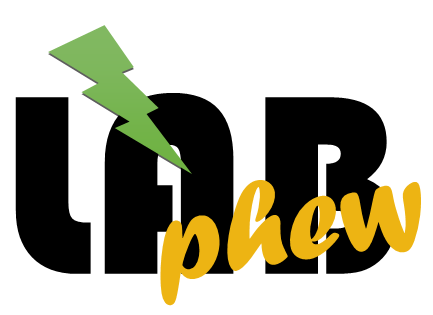Welcome to labphew docs¶

labphew (lowercase) is a minimalist functioning code module and folder structure. While trying to be a standalone and accessible module, labphew is, first and foremost, built to teach and exercise with computer-controlled measurements using Python.
labphew is meant to be:¶
- out-of-the-box package, capable of communicating with Supported devices.
- instructive code documentation that allows users to learn how it works and how to customize it.
- a low entry-level template for building new user-interfaces for a measurement.
- a good example of structuring lab-automation code and how to document it.
- fun to play with, edit, and contribute to the code.
labphew is NOT meant to:¶
- grow into a comprehensive package for controlling all sorts of devices.
- be the fastest in performing a task or push its performance to the physical limits.
- stay backward-compatible.
You can find the code of this package on Github. The documentation is hosted on Read The Docs.
Further in the docs:
Acknowledgement¶
This project is heavily inspired by the instruction exercise written by Dr. Aquiles Carattino, the mastermind behind Python for the Lab (PFTL). PFTL is developed by Uetke. If you want to learn more (very serious!) coding for lab automation with Python, check the excellent PTFL website or register for a course at Uetke.
An earlier and more sophisticated derivation of this software, PyNTA, which uses the multiprocessing library of Python and the distributed messaging library pyZMQ, has been explained in this preprint - doi: 10.20944/preprints201906.0251.v1. PyNTA is capable of real-time particle tracking on Megapixel images at a 50 Hz rate.
Other Python resources for lab automation¶
If you are an experience Python programmer, labphew might be too basic for your needs. These are some other open-source instrumentation projects under development, which might be interesting for you (no guarantees!):
If you know of a package that should be added to this list, please do not hesitate to drop us a message.